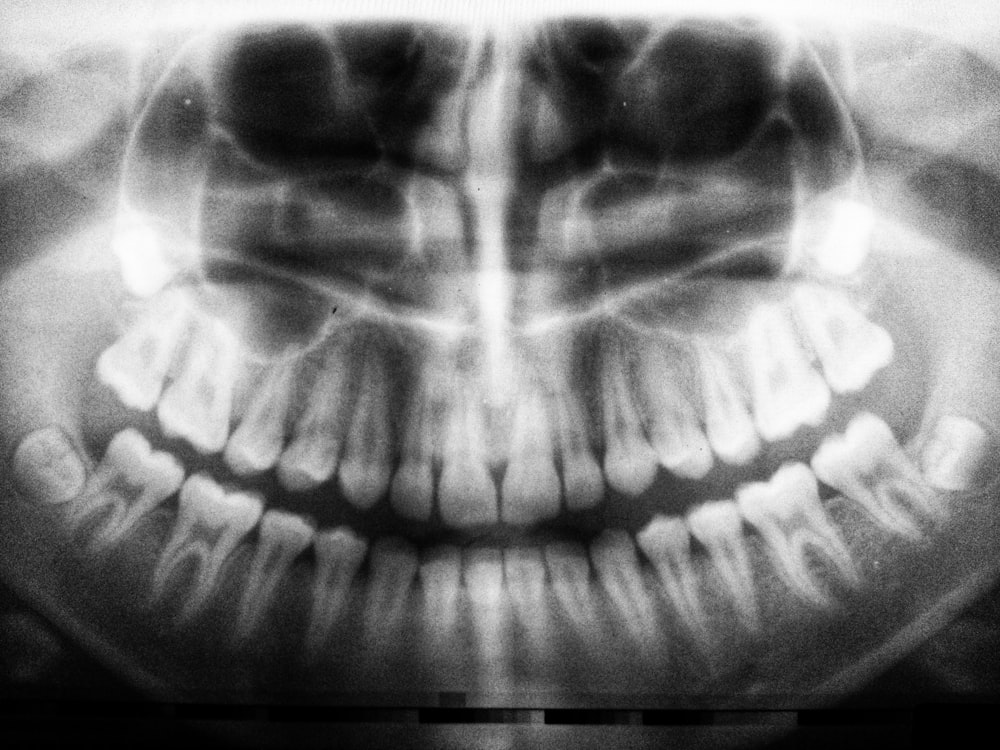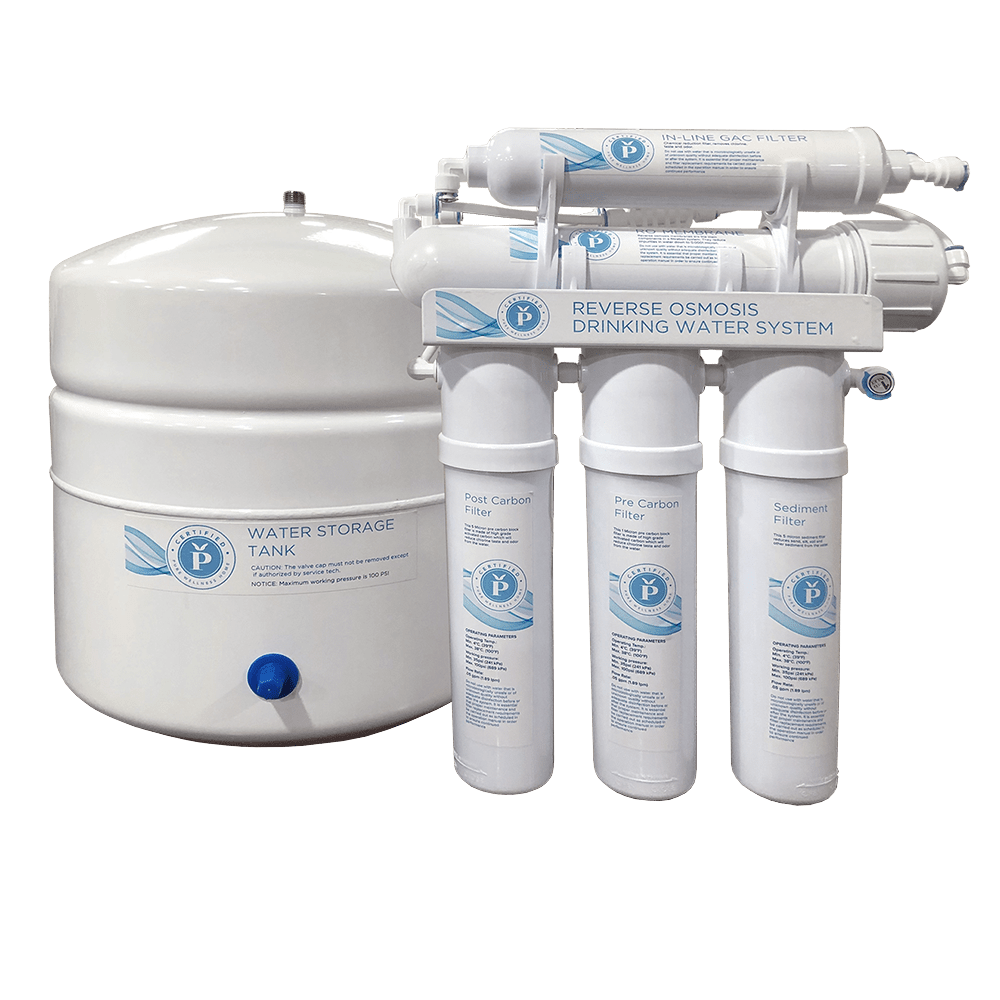Understanding Care Needs Assessment: A Practical Example
Demystifying Care Needs Assessment
Care needs assessment is a vital process in the realm of healthcare, particularly for individuals requiring specialized care and support. It involves a comprehensive evaluation of an individual’s physical, mental, and emotional needs to determine the level of care required. While the concept may seem daunting, a practical example can shed light on the process, making it more understandable and accessible.
The Importance of Real-Life Examples
Real-life examples provide invaluable insights into complex processes like care needs assessment. By examining a practical scenario, healthcare professionals, caregivers, and individuals in need of care can gain a deeper understanding of the assessment process and its significance. Let’s delve into an example to see how care needs assessment works in practice.
Introducing the Case Study
In our example, let’s consider an elderly individual named Mr. Smith, who recently experienced a decline in his overall health and functioning. Mr. Smith lives alone and has been struggling to manage his daily activities independently. Concerned about his well-being, Mr. Smith’s family decides to initiate a care needs assessment to determine the level of support he requires.
Initial Evaluation and Information Gathering
The first step in the care needs assessment process involves gathering information about Mr. Smith’s current health status, living situation, and support network. A healthcare professional conducts a thorough interview with Mr. Smith to assess his physical and cognitive abilities, medical history, and any existing health conditions. Additionally, input from Mr. Smith’s family members or caregivers is solicited to gain a holistic understanding of his needs.
Assessing Activities of Daily Living (ADLs)
One of the key components of the care needs assessment is evaluating Mr. Smith’s ability to perform activities of daily living (ADLs) independently. This includes tasks such as bathing, dressing, eating, toileting, and mobility. Through observation and discussion, the healthcare professional assesses Mr. Smith’s level of independence in each ADL category, identifying areas where he may require assistance or support.
Functional Assessment
In addition to ADLs, a functional assessment evaluates Mr. Smith’s ability to perform instrumental activities of daily living (IADLs), such as managing finances, preparing meals, shopping for groceries, and using transportation. This assessment helps determine Mr. Smith’s level of self-sufficiency and identifies any areas of difficulty or impairment that may impact his daily functioning.
Medical and Health Needs Evaluation
Another crucial aspect of the care needs assessment is assessing Mr. Smith’s medical and health needs. This involves reviewing his medical history, current medications, and any existing health conditions or chronic illnesses. The healthcare professional may also conduct a physical examination and recommend additional assessments or tests to gather more information about Mr. Smith’s health status.
Social and Emotional Assessment
In addition to physical health, the care needs assessment considers Mr. Smith’s social and emotional well-being. This includes evaluating his social support network, mental health status, and emotional needs. The healthcare professional explores Mr. Smith’s social interactions, hobbies, interests, and any signs of depression, anxiety, or isolation that may impact his quality of life.
Care Planning and Recommendations
Based on the information gathered during the assessment process, the healthcare professional develops a comprehensive care plan tailored to Mr. Smith’s unique needs and preferences. This may include recommendations for home modifications, assistive devices, healthcare services, and community resources to support Mr. Smith in maintaining his independence and quality of life.
Implementation and Ongoing Monitoring
Once the care plan is developed, it is implemented with input from Mr. Smith and his family members or caregivers. Ongoing monitoring and reassessment are essential to ensure that Mr. Smith’s needs are being met effectively and to make any necessary adjustments to the care plan as his circumstances change over time.
Empowering Individuals through Knowledge
By understanding the care needs assessment process through a practical example like Mr. Smith’s case study, individuals and caregivers can feel empowered to navigate the healthcare system more effectively and advocate for their own or their loved one’s needs. Care needs assessment serves as a roadmap for identifying and addressing care needs comprehensively, ultimately enhancing the quality of life for those in need of support. Read more about care needs assessment example





